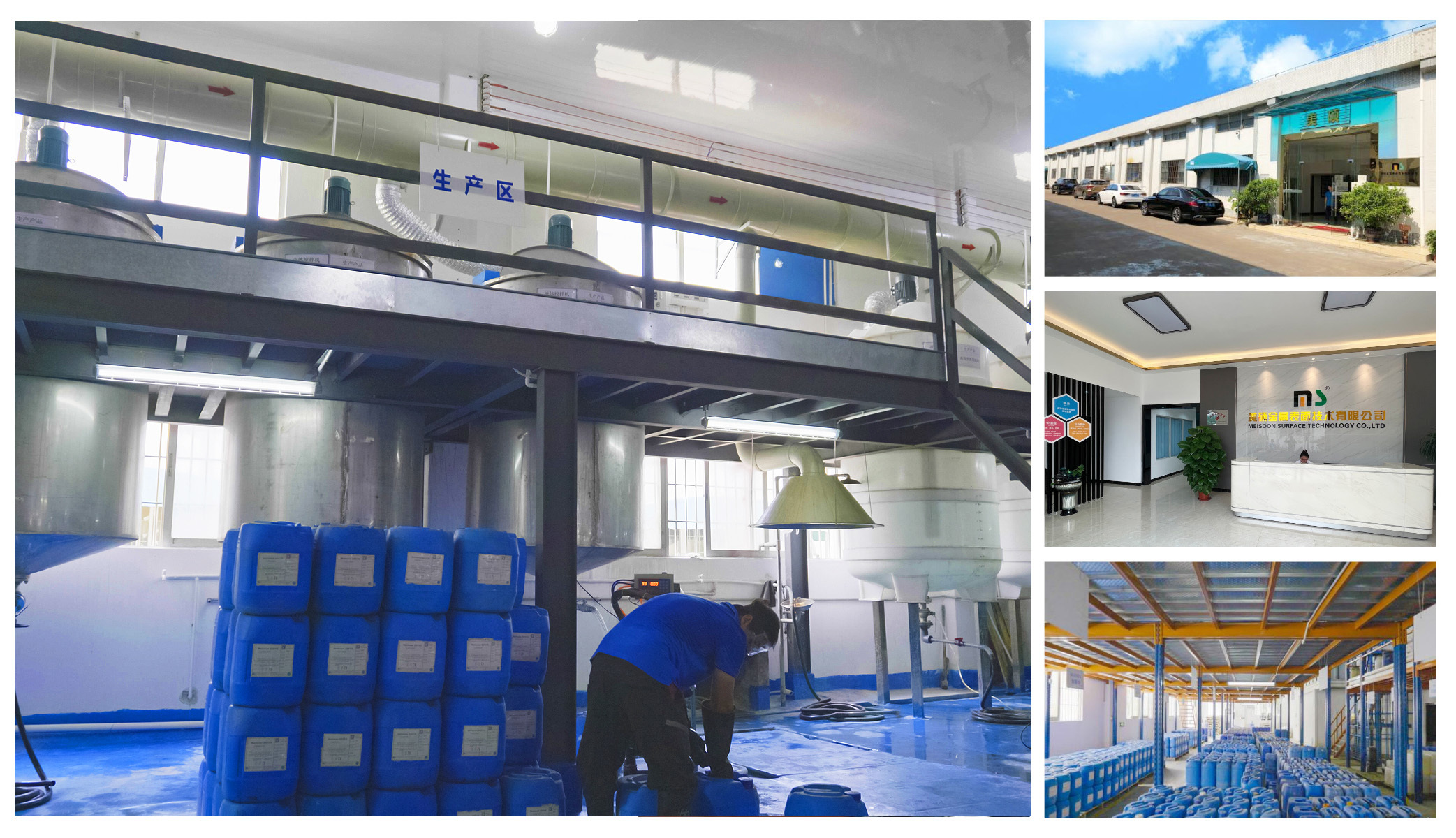The main advantages of phosphating agent using spray method
Release time:
2023-05-05 09:07
The role of phosphating agent is obvious to all, it can not only improve the efficiency of modern production, but also have a new breakthrough in improving the overall processing quality. With the continuous introduction of technology, the type of phosphating solution has also undergone many changes. Slag-free zinc phosphating solution, special phosphating solution for galvanizing, ternary room temperature phosphating solution and medium temperature black manganese phosphating solution are all representatives of technological innovation. In order to give full play to its use value, manufacturers need to improve the operability in the treatment method, then, let's understand the main advantages of phosphating agent using spray method!

On the one hand, when the manufacturer uses the phosphating agent, if the phosphating agent is sprayed directly on the surface of the workpiece, the formation speed of the phosphating film is much faster than that of the workpiece immersed in the same phosphating solution, or it can be phosphated at a lower temperature. The spray method is not suitable for high-temperature manganese salt phosphating because the heat loss is too large.
On the other hand, the spray method is a method accepted by many manufacturers. Its advantages are as follows:
The phosphating solution in contact with the metal surface is always kept fresh. The immersion method is different, the phosphating solution in contact with the metal surface will gradually lack of film-forming ions, which can only be supplemented by the film-forming ions diffused from the phosphating solution at a distance.
2. Spray phosphating can remove the solids attached to the metal surface after degreasing. If these solids are not removed, the phosphating film will hang ash or sand particles. Stirring phosphating agent also has a certain acceleration effect, but attention should be paid to prevent the precipitate from adhering to the metal surface.
Phosphating agent is the process of forming phosphate chemical conversion film through chemical and electrochemical reaction, and the phosphate conversion film formed is called phosphating film. The purpose of phosphating is mainly to provide protection for the base metal, to a certain extent, to prevent the metal from being corroded; as the bottom layer before coating, to improve the adhesion and anti-corrosion ability of the paint film layer; in the metal cold working process can reduce friction lubrication use. After degreasing and rust removal on the metal surface, in order to prevent the regeneration of rust, chemical treatment is usually carried out to form a protective film on the metal surface, usually only a few microns, mainly to enhance the adhesion between the coating and the metal surface. Thicker film layers can also enhance rust resistance. Commonly used surface chemical conversion methods are oxidation, phosphating and passivation. Among them, phosphating is the central link of chemical treatment. It is a simple, reliable, low-cost, easy-to-operate process, which greatly improves the corrosion resistance of metal workpieces. It is widely used in industry. Phosphate conversion coatings are applied to iron, aluminum, zinc, cadmium and their alloys. They can be used not only as finish layers, but also as intermediate layers for other cover layers. Its main function and anti-corrosion principle are as follows: to improve corrosion resistance, although the phosphating film is thin, but because of the non-metal non-conductive isolation layer, it can transform the good conductor on the surface of the metal workpiece into a bad conductor, inhibit the formation of micro-current on the surface of the workpiece metal, and effectively prevent the corrosion of the coating film.
Phosphating agent
Previous
Previous
Other News
2023-04-12
2023-02-08
2023-01-10


